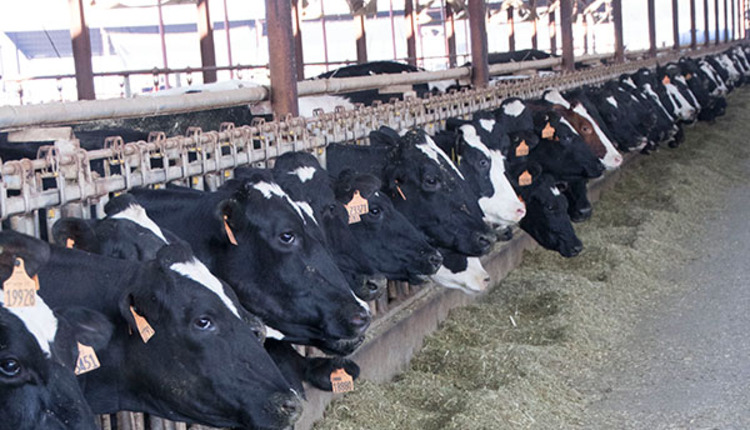
Placing emphasis on harvesting forage that is high quality has long been a rally cry for just about everybody in the industry — farmer to researcher.
As we head into April and the impending hot temperatures that summer brings, Rick Grant, president of the Miner Institute in Chazy, N.Y., reminds us that highly digestible forage also keeps cows cooler.
Grant explains in the March issue of Miner’s Farm Report that heat stress lowers the rumen pH of a dairy cow to well below 6.0. This results in inefficient fiber fermentation and low microbial protein output. The end result is less milk and milk component production.
“Fiber is needed to maintain rumen pH under hot conditions,” says Grant.
But not just any fiber will do.
“For the heat-stressed cow, feeding forage that is lower in NDF (neutral detergent fiber) and higher in NDF digestibility is crucial because it allows the cow to process the feed in less time and expend less energy doing so,” he adds.
If forage is high in fiber, cows spend more time both eating and processing the feed. Grant explains that the extra time spent at the bunk means the cow will have to stand longer (perhaps an hour more each day) and subtracts from the time it has for activities such as resting and cooling.
“Highly digestible forage NDF will help to reduce the overall heat load on the cow and provide the proper amounts and ratios of VFAs (volatile fatty acids) to maintain milk and milk component synthesis,” says Grant.
In addition to providing high-quality forage when heat stress is an issue, Grant also reminds dairy producers that conventional means of heat abatement (shade, misters and so forth) must also be implemented to realize the full feeding benefits.

